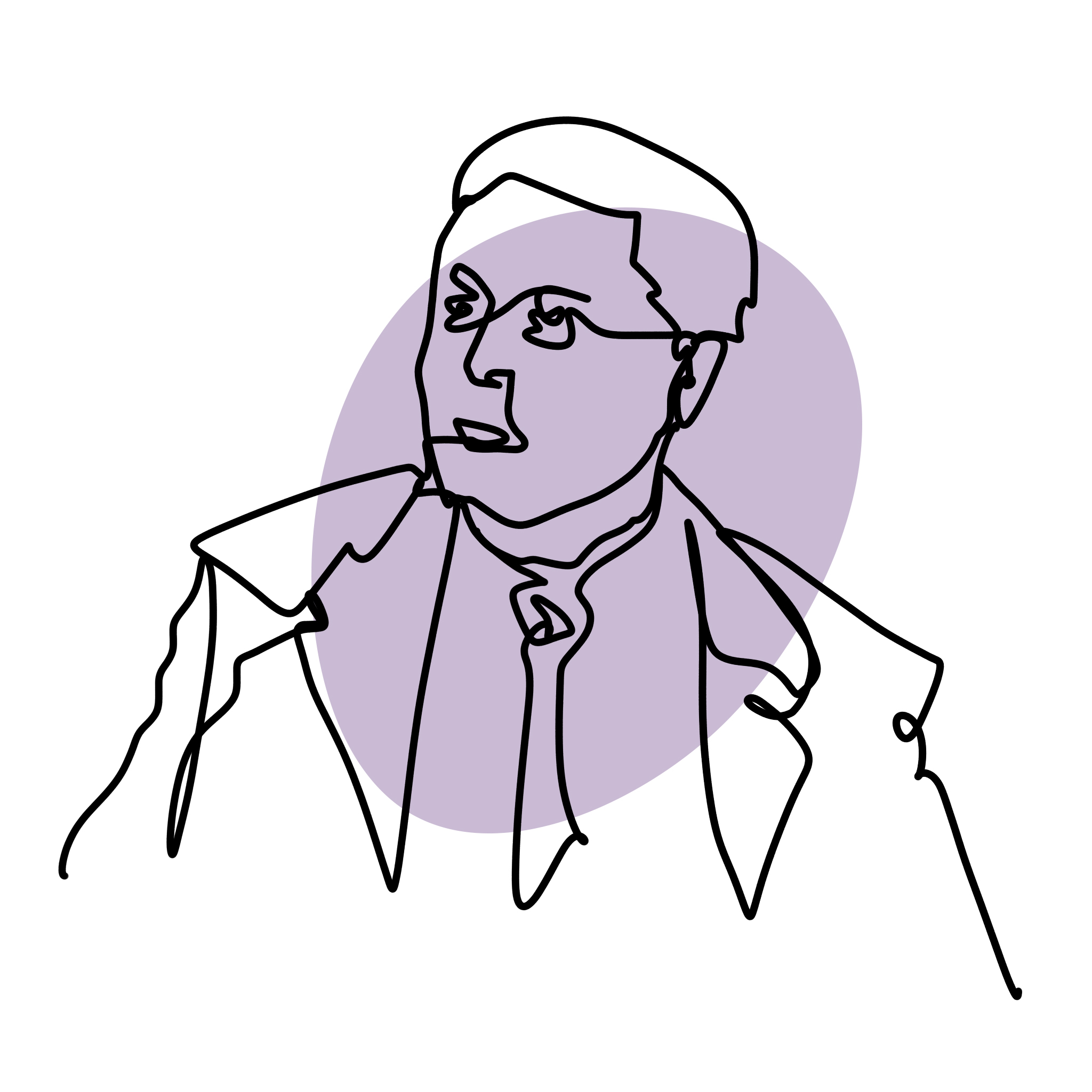In 1971, when Gianni Pettena was visiting artists at the Minneapolis College of Art and Design, he conceived the performance "Wearable Chairs". With the idea of showing that art and radicalist architecture were close and at the same time detached from their users, the artist provided ten college students with a portable chair, or rather a folding chair to be woarn and used thrughout a day.
The chair, made with simple wooden elements with applied strips to bandage shoulders and legs, was designed to be an well known object presented without its functionality. Created to be dependent on the structure of the person wearing it, the Wearable Chair takes on meaning only when worn, otherwise it becomes disarticulated. After the performance eight of Pettena's chairs were renamed Already Worn Chairs and exhibited with pictures taken during their "day in life".
Other artists and architects of the same movement, such as Scott Burton, Richard Artswager and Donald Judd, were confronted with furniture design, reflecting with curiosity and admiration on how to solve function probems with art. Tables, chairs and sofas seem to be the favourite objects. Scott Burton, for example, admits in an interview in 1986: "In Washington, D.C., where I moved from Alabama with my family in the 1950s, modern furniture made me think of modernism and modernism of liberation. At the time this concept was still in the avanguard. Furniture companies like Herman Miller, Knoll and Dunbar meant as much to me as Picasso and de Kooning, more or less the same. I was obsessed with it.” The cubic furniture designed by Donal Judd for his residence in Marfa, Texas, was part of his aesthetic plan, and although it hasn't yet surpassed his artwork's success, it has today a growing market value.
The concept of a wearable seat is still today a source of inspiration for engineers and designers working in robotics and medical reasearch: they are constantly looking to find structures able to follow the anatomy of the human body. This concept has crossed different disciplines and created the conditions to transform creativity into a formal and practical element.






.png)





